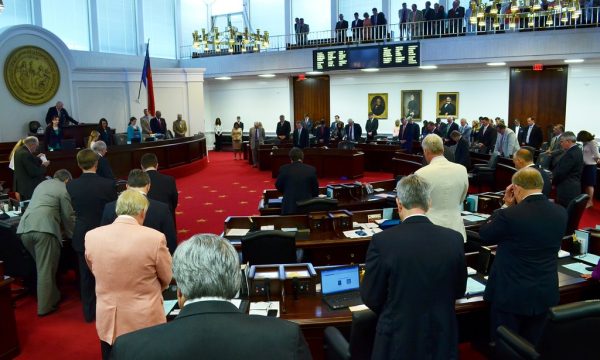New gender ideas come with new problems
May 15, 2015
Gender has become a complicated concept of identity instead of simply an X or Y chromosome. With new ideas comes a lot of misinformation, which is understandable because there are thin lines between each gender category. Transgender, or genderqueer, as a whole is someone who identifies as a different gender than the one they were biologically assigned at birth. A transgender male is someone who was born as a female but identifies as a male, while a transgender female is someone who was born as a male but identifies as a female. Someone who is genderfluid fluctuates between each gender. (GLAAD Media)
Gender and sex have become very different entities. Sex, a physical feature, is whether you are biologically male or female, in other words simply whether you have XY or XX chromosomes. Gender, an abstract concept, is based around social attributes that people associate with males and females.
Recently Lesbian, Gay, Bi, Trans (LGBT) awareness has become much more present in mainstream media. Many teenagers and adults are working hard to eradicate inequality issues that arise because of gender and sexuality. A major problem that is trying to be tackled is transgender use of bathrooms. Many people who are transitioning, the process of changing sex through medication and surgery, run into the issue of which bathroom to use. For example, if a transgender male takes testosterone for a prolonged period of time they begin to have more masculine features; facial hair, change in fat storage and muscle mass, deeper voice, more angular face. Someone may be going through testosterone therapy for a while but have not gotten a sex change yet, thereby meaning they may look like a man but they are still technically female. This calls for an uncomfortable decision on their part.
Considering bathrooms serve a practical purpose, I believe that you should use the bathroom that correlates with your reproductive organs. This is simply because men’s rooms have urinals for a reason; they are practical. Now if a transgender woman has transitioned and gotten a sex change, it is completely valid for them to use the women’s bathroom.
Gender is more a personality and mental orientated situation, and using the bathroom shouldn’t be a social statement; you should just take care of your bodily functions and leave. In Florida and Arizona a bill was denied to allow genderfluid and transgender individuals to use the bathroom of their choosing depending how they identified themselves at the time. The states claimed that it was a safety issue and that they were trying to protect LGBT and non-LGBT citizens. While this is valid, because some people may abuse the right or may act out because of transphobia, they should’ve come up with another solution instead of outright denying it.
A solution could be having businesses provide a unisex bathroom along with, or instead of, women’s and men’s. Unisex bathrooms are already available in many establishments and double as a “family bathroom”. This could eradicate uncomfortable and potentially dangerous situations for transgender men and women.














